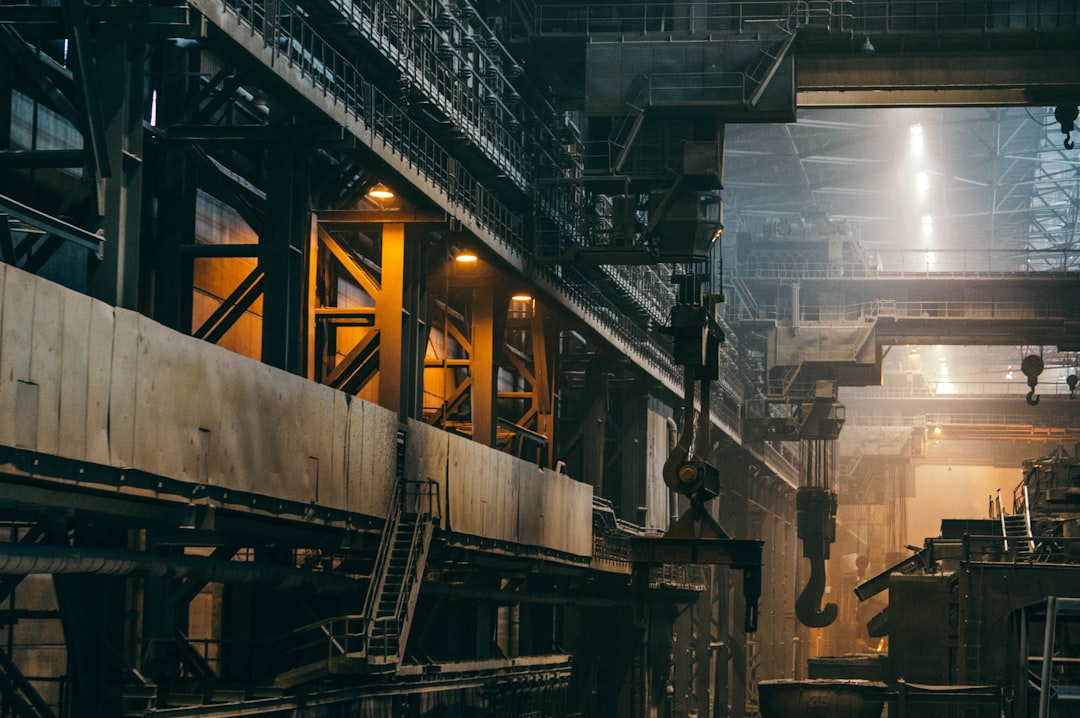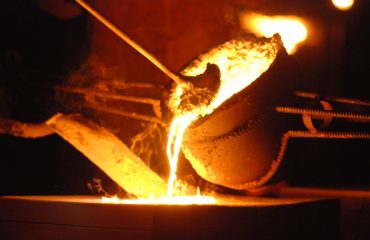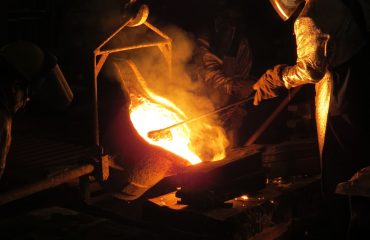The steel industry, a cornerstone of global infrastructure, is undergoing a dramatic transformation. Digitalization is no longer a futuristic concept but a critical driver of efficiency, sustainability, and competitiveness. This blog post explores the key trends shaping the future of digital steel platforms, examining how technology is revolutionizing every stage of the steel lifecycle, from raw material sourcing to final product delivery.
1. AI-Powered Optimization and Predictive Maintenance
Artificial intelligence (AI) is rapidly becoming a game-changer in steel production. AI algorithms can analyze vast datasets from various sources – sensor data from manufacturing equipment, market trends, and even weather patterns – to optimize processes in real-time. This includes predicting equipment failures through predictive maintenance, minimizing downtime, and maximizing resource utilization. For example, AI can predict the optimal temperature and pressure settings for a blast furnace, leading to significant energy savings and improved product quality. Furthermore, AI-powered quality control systems can identify defects early in the production process, reducing waste and improving overall yield.
Beyond production, AI is transforming supply chain management. AI-driven forecasting models can predict demand fluctuations more accurately, enabling steel manufacturers to optimize inventory levels and avoid stockouts or overstocking. This leads to reduced warehousing costs and improved responsiveness to market changes.
2. The Rise of the Industrial Internet of Things (IIoT)
The Industrial Internet of Things (IIoT) is a crucial component of digital steel platforms. By connecting various sensors and devices across the entire steel production process, manufacturers gain real-time visibility into their operations. This data-rich environment allows for continuous monitoring of equipment performance, energy consumption, and material flow. The IIoT enables proactive interventions, preventing potential problems before they escalate into costly disruptions. For example, sensors can detect anomalies in a rolling mill’s operation, allowing for immediate adjustments to prevent defects or shutdowns.
Furthermore, the data collected through IIoT devices can be used to train AI models, improving their accuracy and effectiveness over time. The IIoT’s role in creating a connected and intelligent steel plant is undeniable, leading to increased efficiency and reduced operational costs.
3. Blockchain Technology for Enhanced Transparency and Traceability
Blockchain technology, known for its secure and transparent nature, is increasingly being explored in the steel industry to enhance traceability and combat counterfeiting. By recording every stage of the steel lifecycle on a distributed ledger, from raw material sourcing to the finished product, manufacturers can provide customers with complete transparency about the origin and journey of their steel. This is especially critical for industries with stringent quality and sustainability requirements, such as automotive and construction.
Blockchain can also streamline supply chain processes, reducing paperwork and improving efficiency. Smart contracts can automate payments and other transactions, reducing delays and enhancing trust between different stakeholders in the supply chain. This increased transparency and traceability builds confidence among customers and strengthens the reputation of steel producers.
4. Embracing Sustainability and Circular Economy Principles
The steel industry is under increasing pressure to reduce its environmental footprint. Digital steel platforms play a crucial role in achieving sustainability goals. By optimizing energy consumption, reducing waste, and improving resource efficiency, digital technologies can significantly contribute to a greener steel industry. AI-powered tools can help optimize energy usage in blast furnaces and other energy-intensive processes, reducing carbon emissions.
Furthermore, digital platforms can facilitate the transition to a circular economy by enabling better waste management and recycling practices. By tracking the lifecycle of steel products, manufacturers can identify opportunities to reuse and recycle materials, reducing reliance on virgin raw materials and minimizing waste sent to landfills. This commitment to sustainability is not just an ethical imperative but also a competitive advantage in an increasingly environmentally conscious market.
5. Digital Twins and Simulation for Improved Design and Production
Digital twins are virtual representations of physical assets or processes. In the steel industry, digital twins can be used to simulate different production scenarios, optimize designs, and identify potential bottlenecks before they occur in the real world. This allows manufacturers to test different parameters and strategies without incurring the costs and risks associated with physical experimentation.
By using digital twins, steelmakers can improve the efficiency of their production processes, reduce downtime, and improve the quality of their products. The ability to simulate various scenarios allows for better decision-making and a more proactive approach to problem-solving. This technology is particularly valuable in complex processes like steelmaking, where even small changes can have significant impacts on the final product.
The future of the steel industry is inextricably linked to the adoption and advancement of digital steel platforms. The trends discussed above represent just a glimpse into the transformative power of technology in this critical sector. As these technologies continue to evolve and mature, we can expect even more significant advancements in efficiency, sustainability, and competitiveness within the steel industry.
SEO Tags:
- Digital Steel Platforms
- AI in Steel Industry
- Steel Industry 4.0
- Sustainable Steel Production
- Blockchain in Steel Supply Chain




